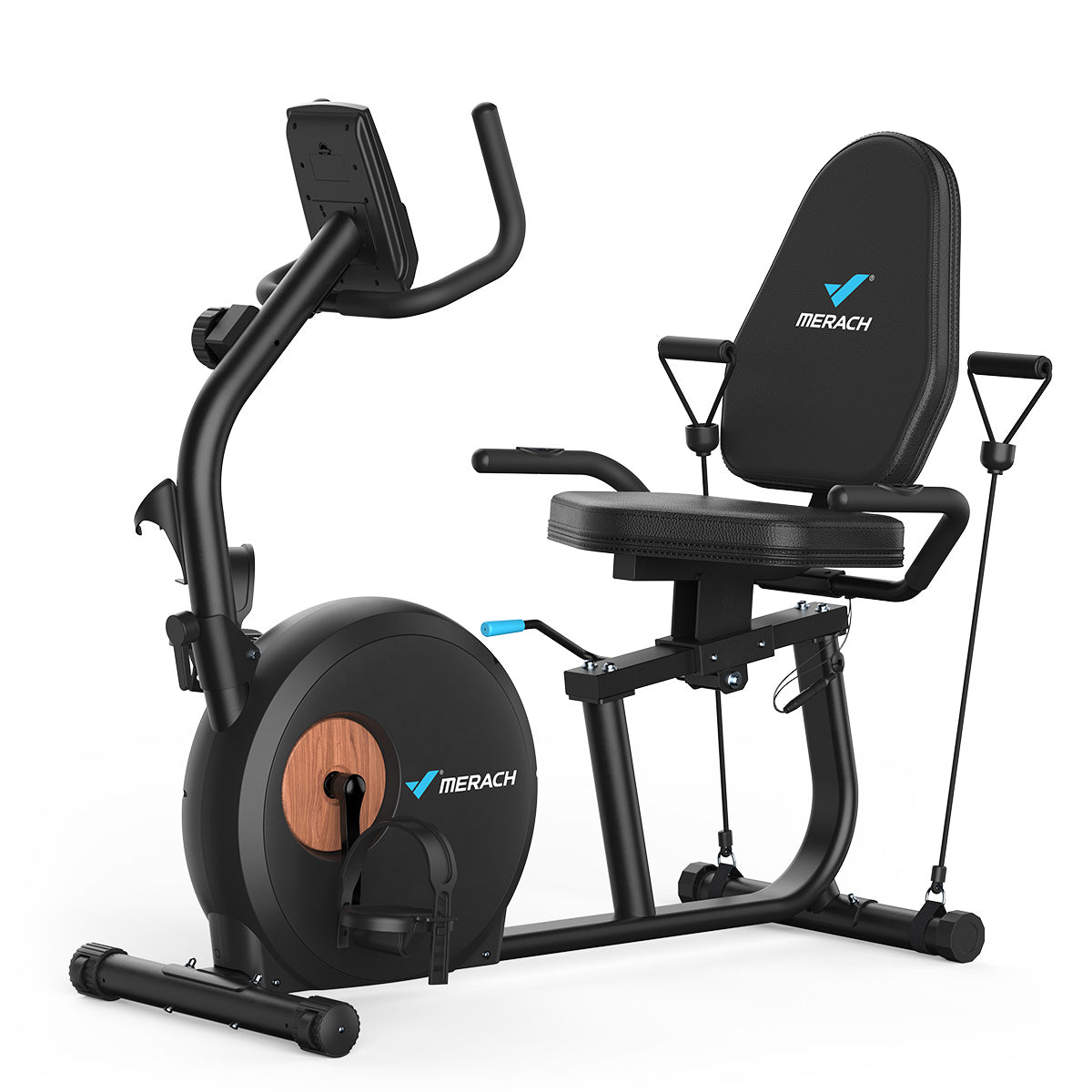The Connection Between Creativity and Health Benefits
In today’s world, where the pace of life often feels relentless, finding ways to nurture both mind and body is essential. One surprising yet profound method to enhance well-being is through creativity and health. Engaging in creative activities does more than just provide an outlet for artistic expression; it can significantly contribute to overall health and wellness. Let’s delve into how health through creative expression can foster both mental and physical well-being.
The Therapeutic Power of Creativity
Creative endeavors, whether it’s painting, writing, dancing, or playing music, offer more than just a means of artistic expression. They provide a therapeutic outlet that can alleviate stress and anxiety. The benefits of creativity extend to mental health, where engaging in creative activities promotes relaxation and a sense of accomplishment.
When immersed in a creative project, individuals often enter a state of “flow,” a mental state characterized by complete absorption and focus. This flow state not only reduces stress but also enhances mood, leading to an overall sense of well-being. The act of creating allows individuals to express emotions and experiences that might be difficult to articulate otherwise, leading to emotional relief and psychological clarity.
Enhancing Cognitive Function
Creativity and health are interconnected in ways that extend beyond emotional well-being. Engaging in creative activities can stimulate cognitive functions and improve brain health. Creative processes such as problem-solving, idea generation, and abstract thinking engage various parts of the brain, contributing to enhanced cognitive abilities.
Regular participation in creative pursuits has been linked to improved memory, attention, and problem-solving skills. For instance, activities like playing a musical instrument or solving complex puzzles challenge the brain and encourage neural plasticity. This adaptability of the brain supports overall cognitive health and may even reduce the risk of cognitive decline as one ages.
Reducing Stress and Enhancing Emotional Resilience
One of the most significant benefits of creativity is its ability to reduce stress. Creative activities serve as a form of mindfulness practice, allowing individuals to focus on the present moment and release tension. Whether through painting a canvas or writing in a journal, the creative process helps to distract the mind from stressors and fosters a sense of calm.
Engaging in creative expression also builds emotional resilience. By confronting and processing emotions through creative means, individuals can develop healthier coping mechanisms. This emotional resilience is crucial for managing life’s challenges and maintaining mental health. The creative wellness connection thus becomes evident as creativity provides tools for emotional regulation and stress management.
Physical Health Benefits
The influence of creativity on physical health is equally noteworthy. Health through creative expression often translates into tangible physical benefits. For example, activities like dancing or crafting can improve physical coordination and motor skills. Additionally, the stress-reducing effects of creativity contribute to lower levels of cortisol, the stress hormone, which can positively impact overall physical health.
Moreover, engaging in creative hobbies can encourage a more active lifestyle. Activities such as gardening, sculpting, or playing an instrument involve physical movement, which contributes to fitness and general health. The integration of creativity into daily routines promotes a balanced approach to both mental and physical well-being.
Building Social Connections
Creativity often thrives in social settings, fostering connections and relationships. Participating in group creative activities, such as art classes or community theater, can enhance social interactions and provide a sense of belonging. These social connections are vital for mental health, as they offer support, companionship, and shared experiences.
Building relationships through creative endeavors can also lead to increased self-esteem and confidence. The positive feedback and encouragement received in a collaborative creative environment reinforce self-worth and contribute to overall emotional health. The social benefits of creativity thus complement its other health advantages, creating a comprehensive approach to well-being.
Enhancing Overall Quality of Life
Incorporating creativity into daily life enriches overall quality of life. The sense of fulfillment and joy derived from creative activities can lead to a more satisfying and meaningful existence. Engaging in activities that spark passion and interest fosters a positive outlook and enhances life satisfaction.
Creative expression also provides a sense of purpose and achievement. Whether it’s completing a painting, writing a novel, or mastering a new skill, the act of creating contributes to a sense of accomplishment. This sense of achievement bolsters self-esteem and contributes to a more optimistic and resilient mindset.
Conclusion
The connection between creativity and health benefits is profound and multifaceted. From reducing stress and enhancing cognitive function to promoting physical health and building social connections, the impact of creativity on overall well-being is substantial. Embracing health through creative expression offers a holistic approach to wellness, integrating both mental and physical health benefits.
Incorporating creativity into daily life not only enriches personal fulfillment but also fosters a more balanced and resilient approach to life’s challenges. By recognizing and harnessing the benefits of creativity, individuals can cultivate a healthier, more vibrant existence. So, pick up that paintbrush, write in that journal, or dance like nobody’s watching—your health and happiness may just depend on it!





